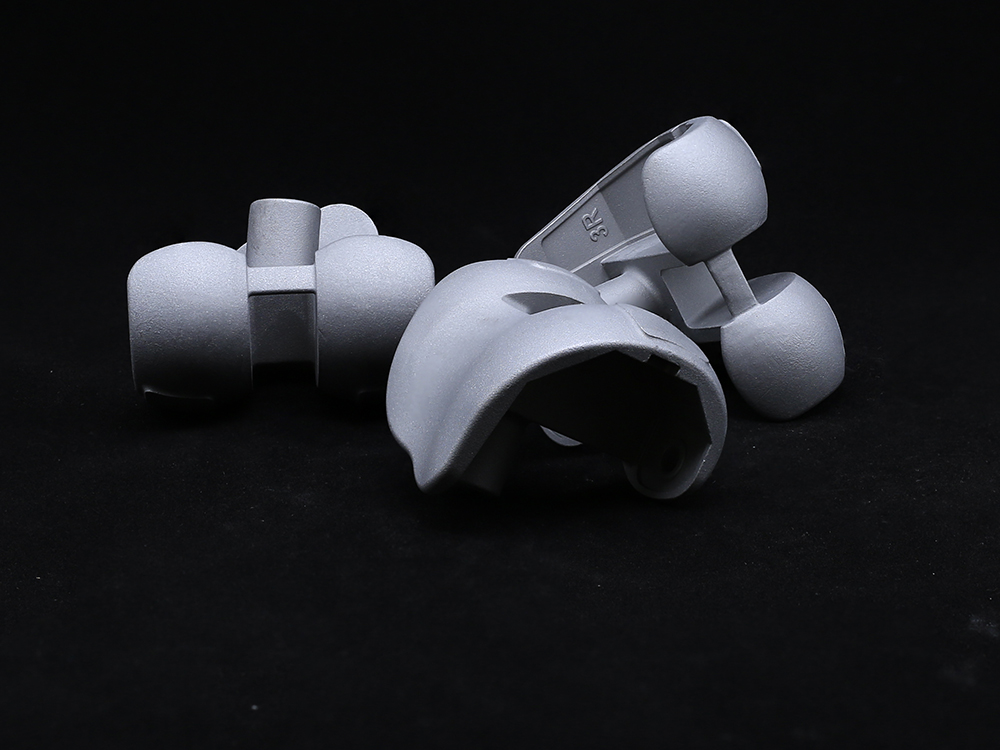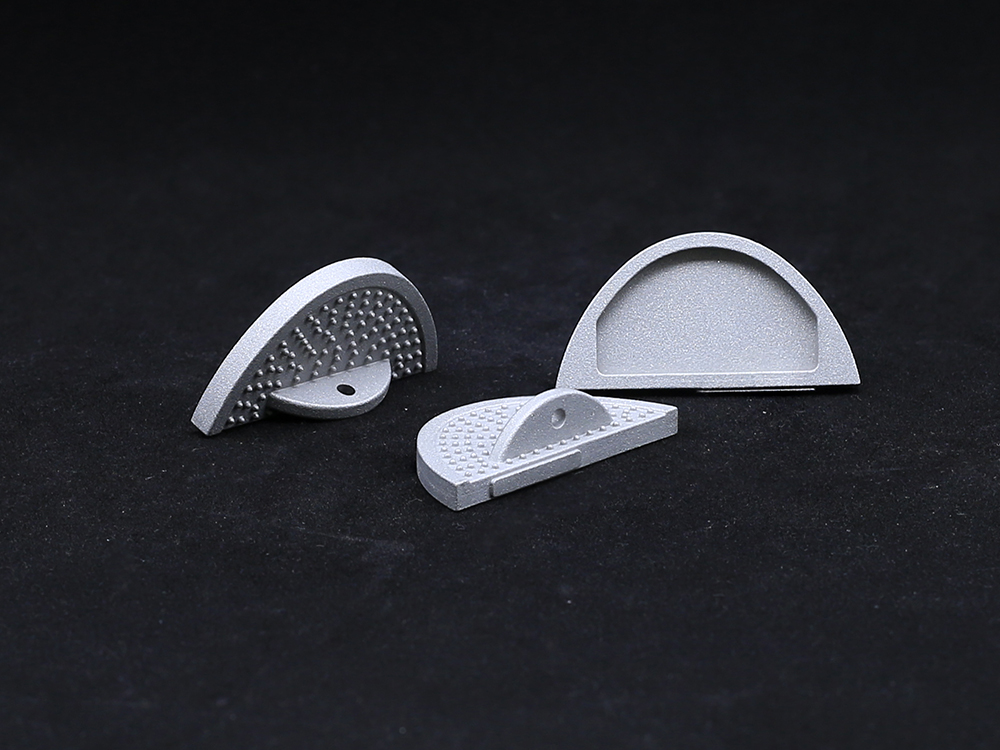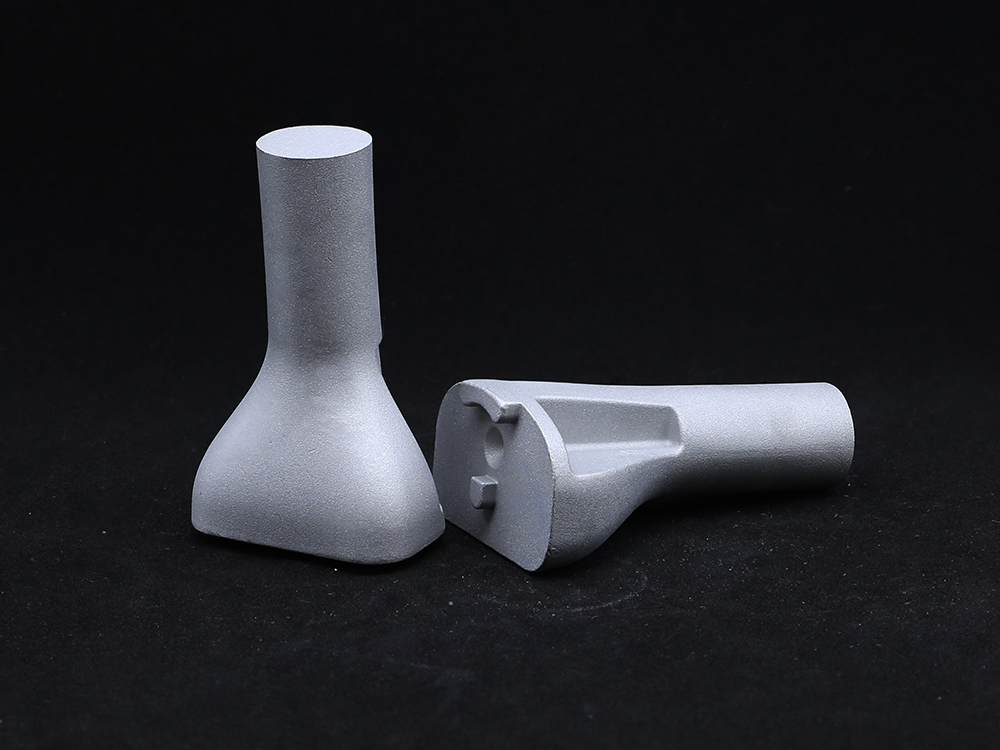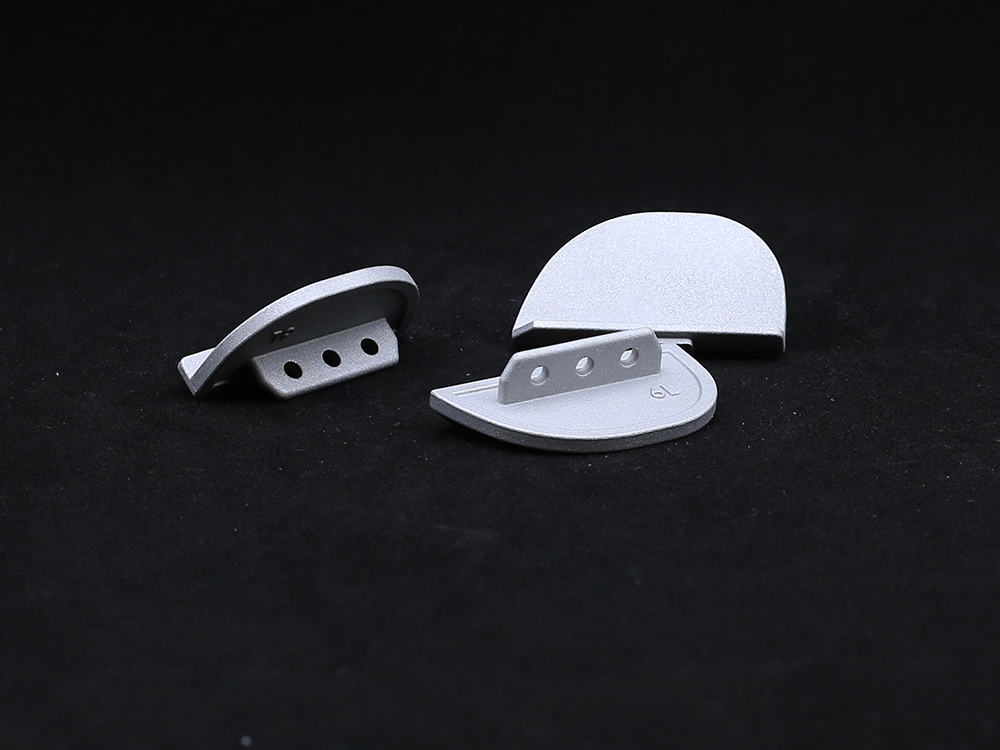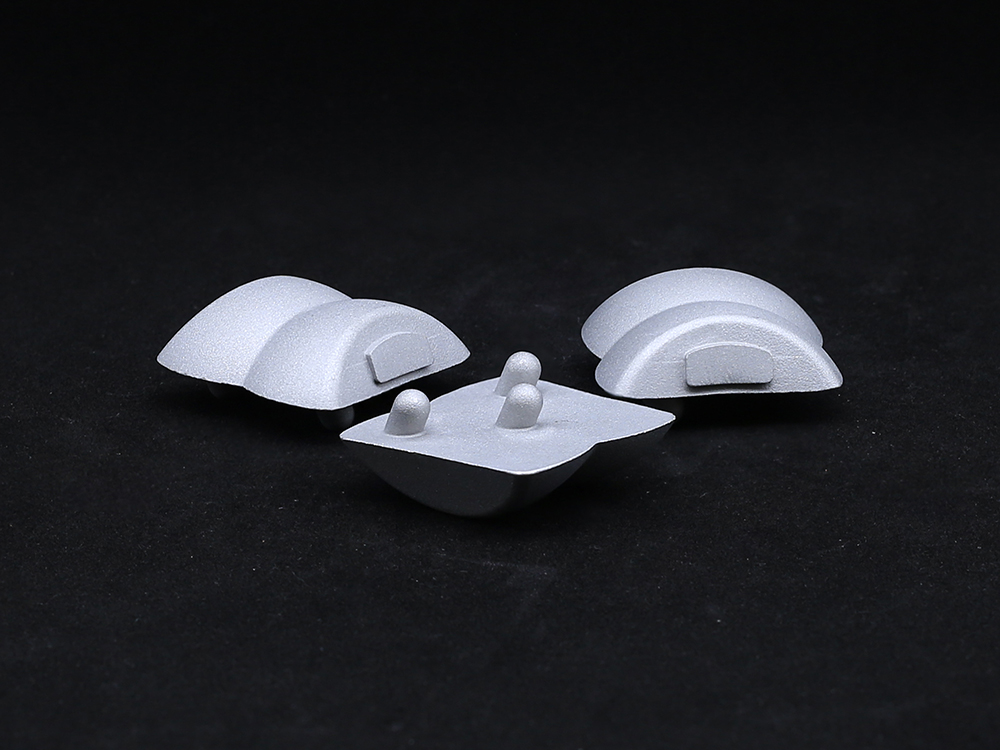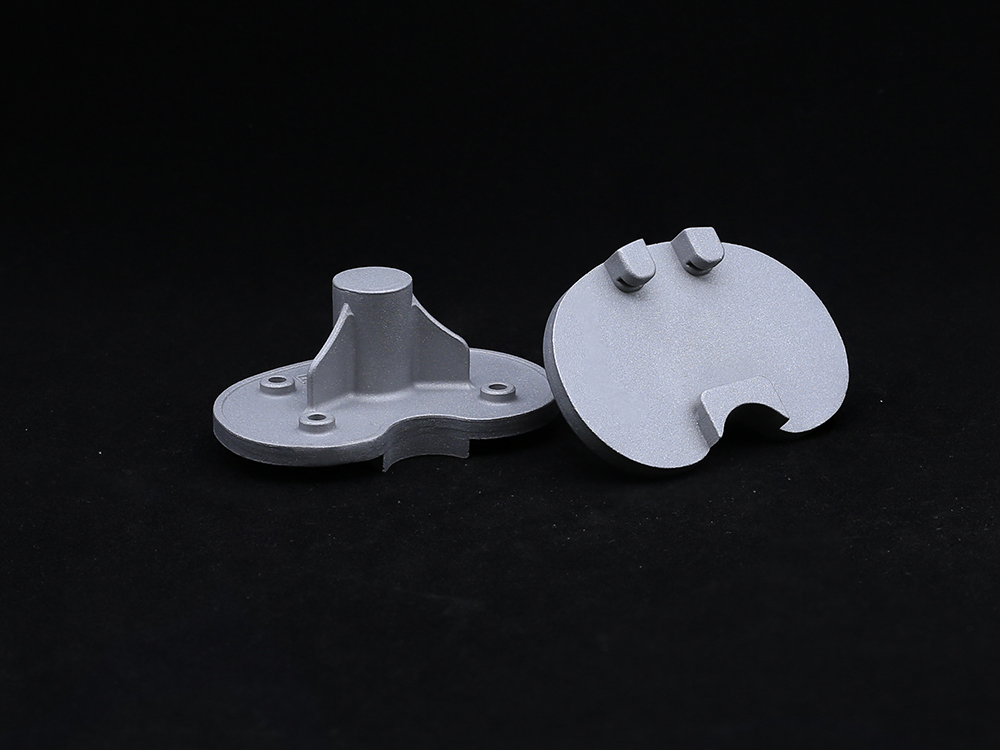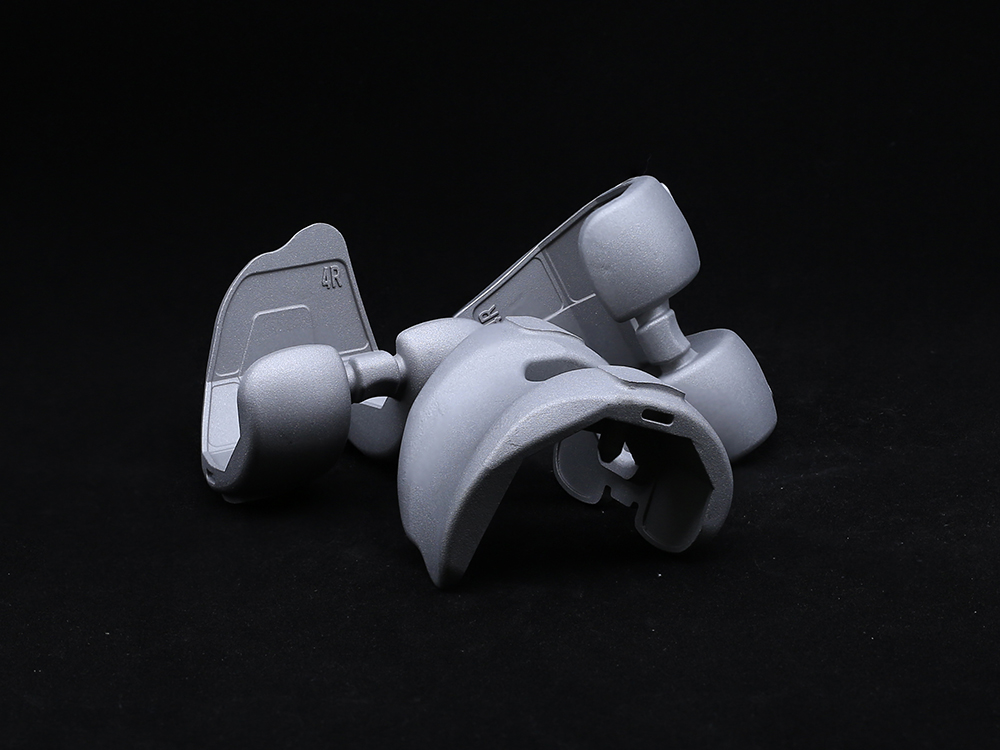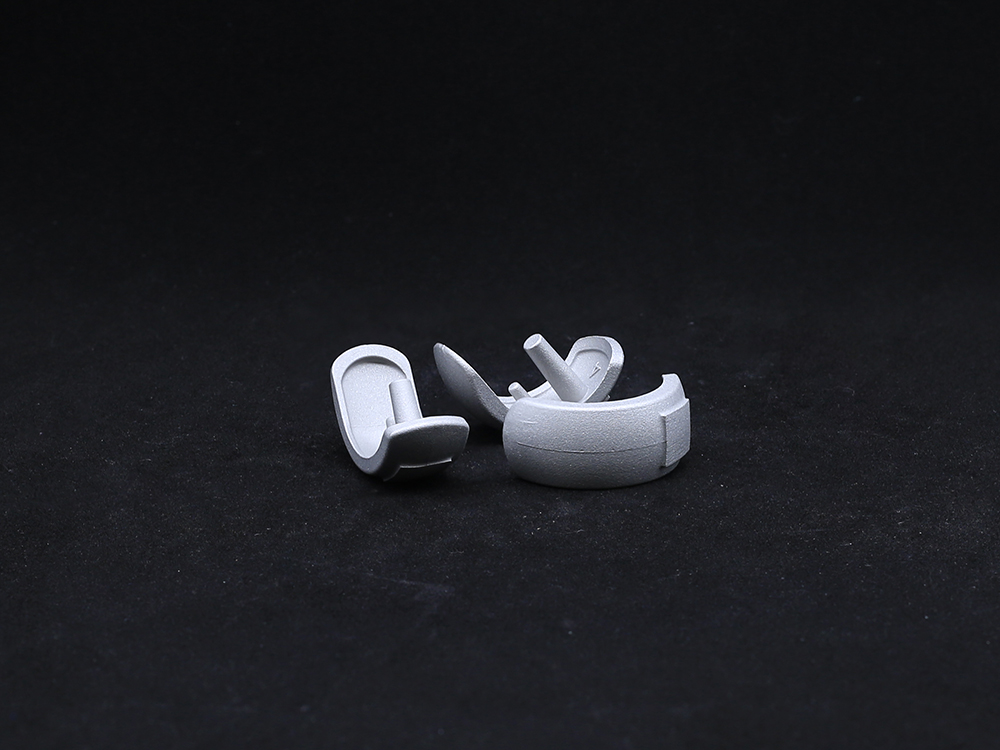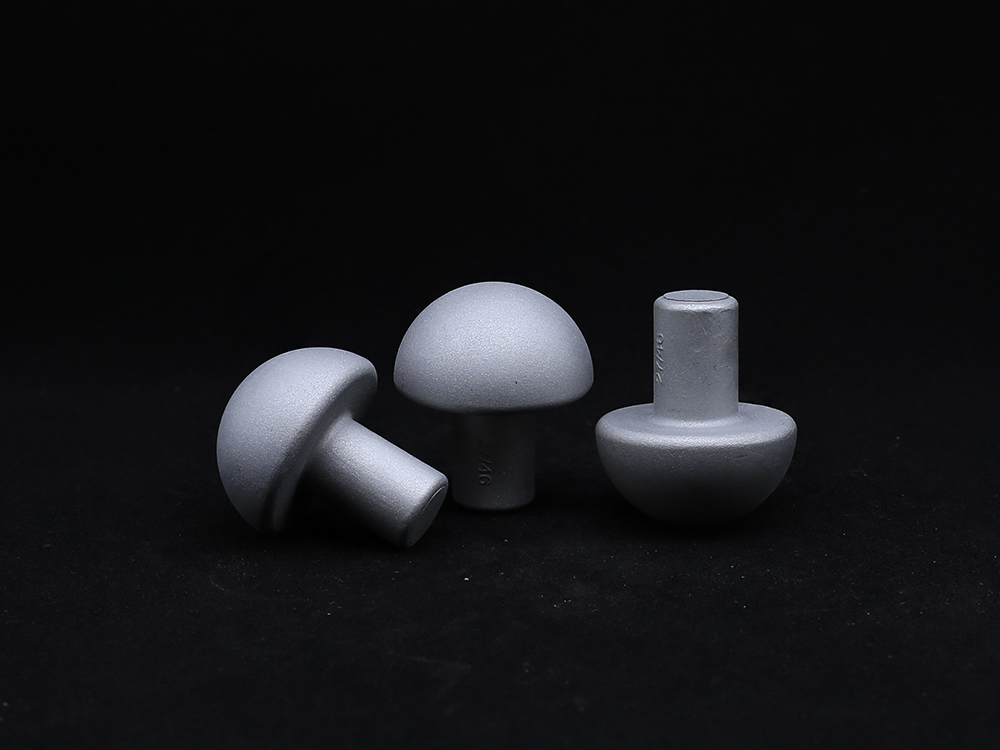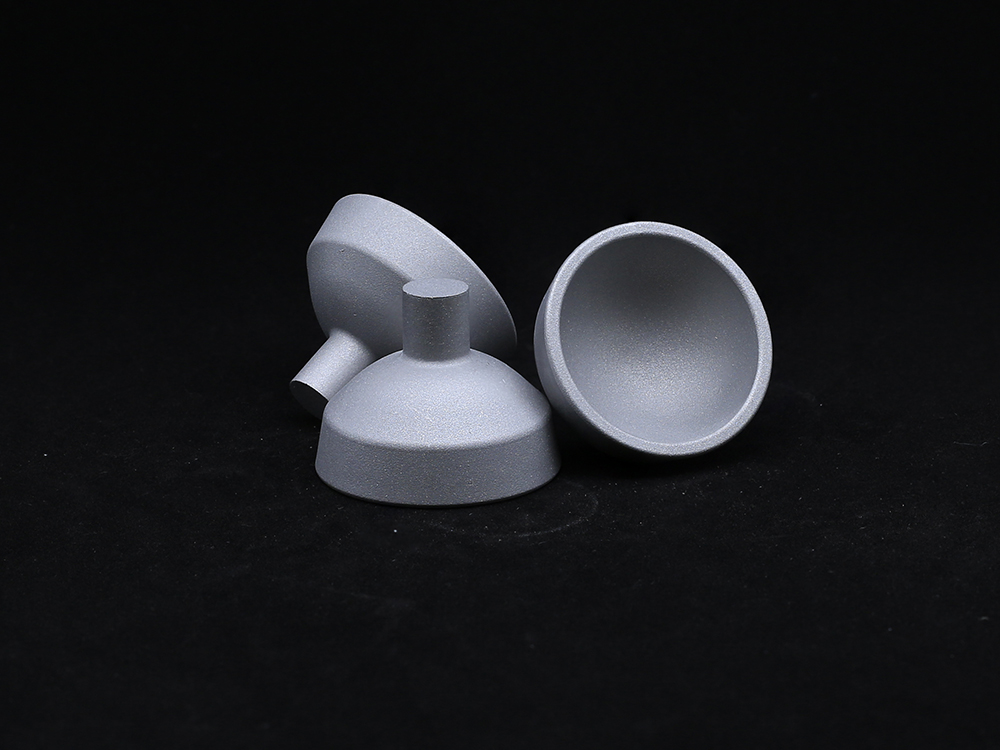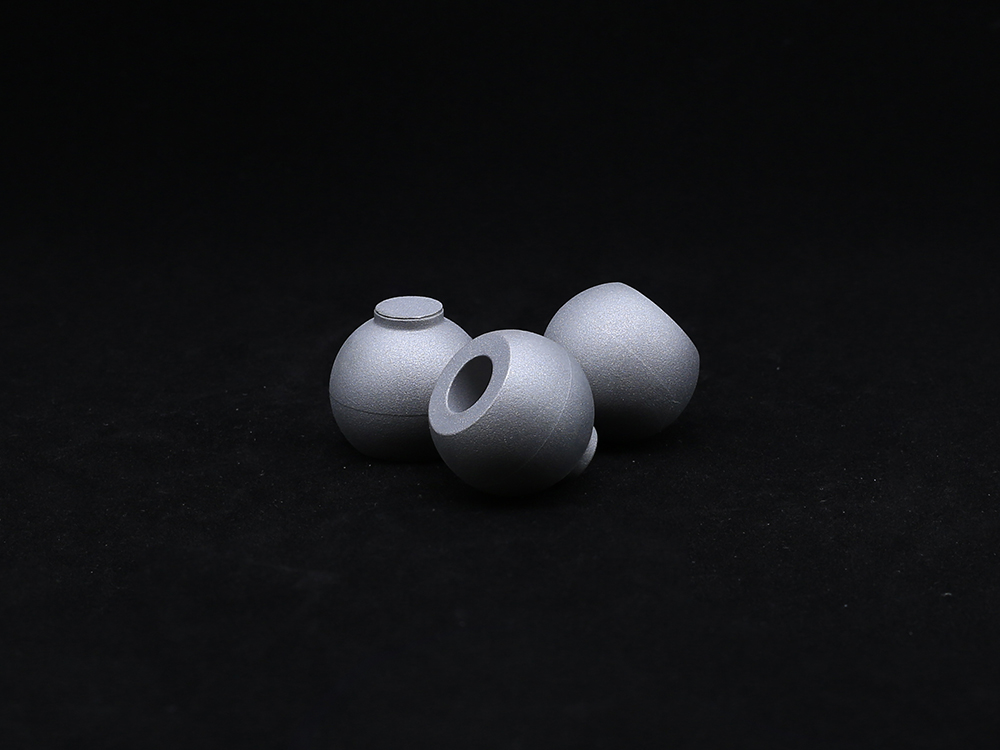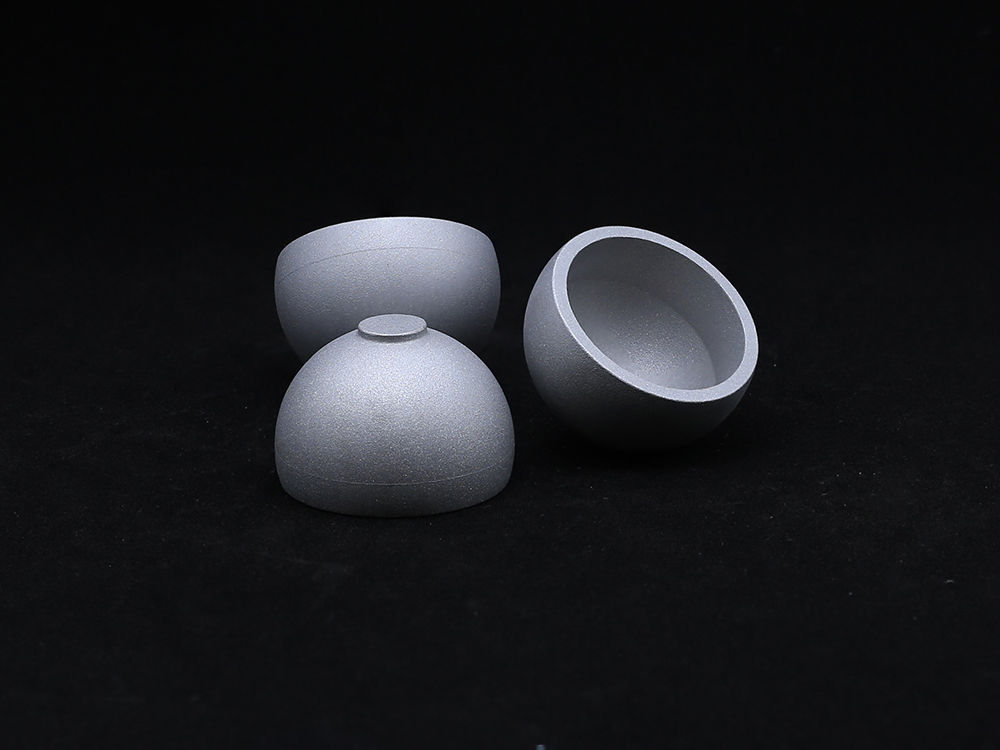Ice Pack Shoulder: A Powerful Assistant for Relieving Pain and Restoring Vitality
The shoulder is a joint with high activity frequency and heavy load in the human body, which is prone to pain and even affects mobility due to sports injuries, overwork, or inflammation. Ice Pack Shoulder, as a convenient and effective physical therapy tool, plays an important role in relieving pain and promoting recovery.

The construction design of Ice Pack Shoulder conforms to the physiological structure of the shoulder, balancing practicality and comfort
The outer layer of shoulder replacement products is often made of soft and breathable fabrics, such as medical non-woven fabrics or elastic fabrics, which can reduce skin irritation while ensuring good fit; The middle layer is a sealed cold storage bag, which is filled with efficient cold storage materials, such as gelled refrigerant or dry ice substitutes. These materials have good low temperature retention ability and can maintain the cooling effect for a long time; Some products are also equipped with adjustable straps that can firmly secure the ice pack to the shoulder, making it convenient for patients to use during rest or light activities.
The principle of Ice Pack Shoulder for pain relief and recovery assistance is based on the physiological effects of cold compress therapy
When the ice pack shoulder is applied to the painful area of the shoulder, low temperature can cause local blood vessels to contract, reduce local blood circulation, thereby lowering tissue metabolic rate, reducing inflammation and swelling. At the same time, low temperature can inhibit the sensitivity of nerve endings, effectively block the transmission of pain signals to the brain, and quickly relieve pain. In addition, cold compress can relax shoulder muscles, relieve muscle spasms, create favorable conditions for subsequent rehabilitation training, and gradually restore shoulder mobility.
Ice Pack Shoulder can play a positive role in various shoulder discomfort scenarios
Sports enthusiasts who engage in high-intensity shoulder exercises such as basketball and badminton may experience shoulder muscle strain or soreness. Timely use of ice pack shoulder cold compress can prevent swelling from worsening and reduce pain; For chronic shoulder strain caused by long-term desk work and poor posture, regular use of ice packs for cold compress can relieve muscle tension and alleviate chronic pain; During the postoperative rehabilitation stage of shoulder surgery, using ice packs according to the doctor's guidance can assist in controlling postoperative inflammation, promoting wound healing, and laying the foundation for restoring shoulder mobility.
When using Ice Pack Shoulder, mastering the correct methods can improve effectiveness and avoid adverse reactions
It is recommended to control the cold compress time for each ice pack shoulder within 15-20 minutes, and repeat it every 1-2 hours to avoid long-term cold compress causing local frostbite; When in use, a thin towel can be placed between the ice pack and the skin to maintain a low temperature effect and protect the skin; If discomfort such as pale skin or numbness occurs during cold compress, the use should be stopped immediately. Meanwhile, ice pack cold compress should be combined with appropriate shoulder rest and rehabilitation exercises to better restore shoulder mobility.
In summary, Ice Pack Shoulder has become a practical tool for relieving shoulder pain and restoring mobility due to its fitted construction design, scientific principles of action, wide applicability scenarios, and correct usage methods. It quickly reduces pain and inflammation through physical cold compress, creating favorable conditions for shoulder rehabilitation. Reasonable use of Ice Pack Shoulders, combined with scientific care and exercise, can effectively promote the recovery of shoulder function and improve the quality of life during shoulder care and rehabilitation.
Ice Pack Shoulder FAQs
How long should I apply Ice Pack Shoulder each time?
The recommended time for Ice Pack Shoulder is 15-20 minutes, with an interval of 1-2 hours before repeating. Long term ice compress may cause skin frostbite or poor blood circulation. Moderate cold compress can effectively reduce inflammation and muscle spasms while avoiding side effects. If the pain is severe, the frequency can be increased appropriately, but the duration of each session should not be prolonged.
What is the specific effect of Ice Pack Shoulder on the recovery of shoulder strain?
Ice compress mainly reduces local blood flow by constricting blood vessels, thereby relieving swelling and pain. For acute strains or muscle fatigue after exercise, hypothermia can reduce nerve sensitivity and inhibit inflammatory reactions. It is recommended to apply regular ice packs within 48 hours after injury, along with rest and raising the affected limb, to promote tissue repair.
Which is more suitable for chronic shoulder periarthritis, Ice Pack Shoulder or Hot compress?
Chronic shoulder periarthritis is usually accompanied by stiffness and adhesions, and hot compress is more suitable at this time, which can promote blood circulation and relax muscles. But if there is redness, swelling, heat and pain during the acute attack, short-term ice compress can still be used for pain relief. It is recommended to follow the guidance of a doctor and switch to hot compress or alternate between cold and hot therapy after controlling inflammation.
How to avoid skin frostbite when using Ice Pack Shoulder?
Be sure to wrap the ice pack with a towel or cloth to avoid direct contact with the skin. Choose soft ice packs or crushed ice to fit the contour of the shoulders, and regularly check the skin condition. If there is a feeling of paleness or numbness, stop immediately. People with sensitive skin can shorten the ice application time to 10 minutes and extend the interval time.
Should I immediately move my shoulders after applying Ice Pack Shoulder?
After applying ice, it is recommended to wait for 5-10 minutes until the local temperature slightly rises before engaging in gentle activities such as slowly wrapping around the shoulders or swinging the arms. Sudden intense exercise may exacerbate tissue damage. During the rehabilitation phase, stretching or strengthening training recommended by the doctor can be gradually combined, but it should be based on the principle of painlessness.
Get a Custom Solution!
Contact Us To Provide You With More Professional Services

